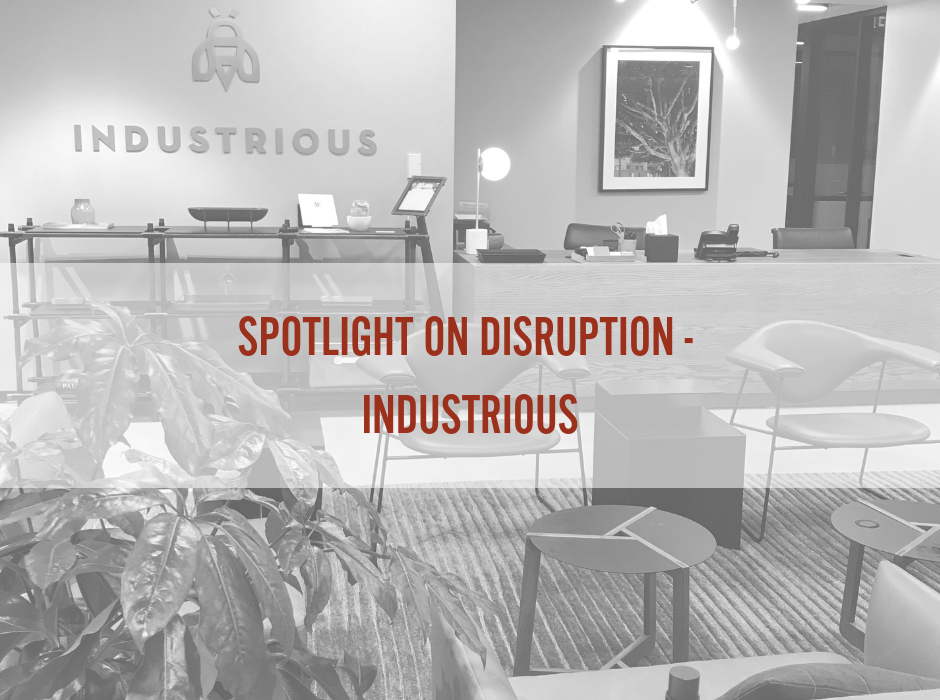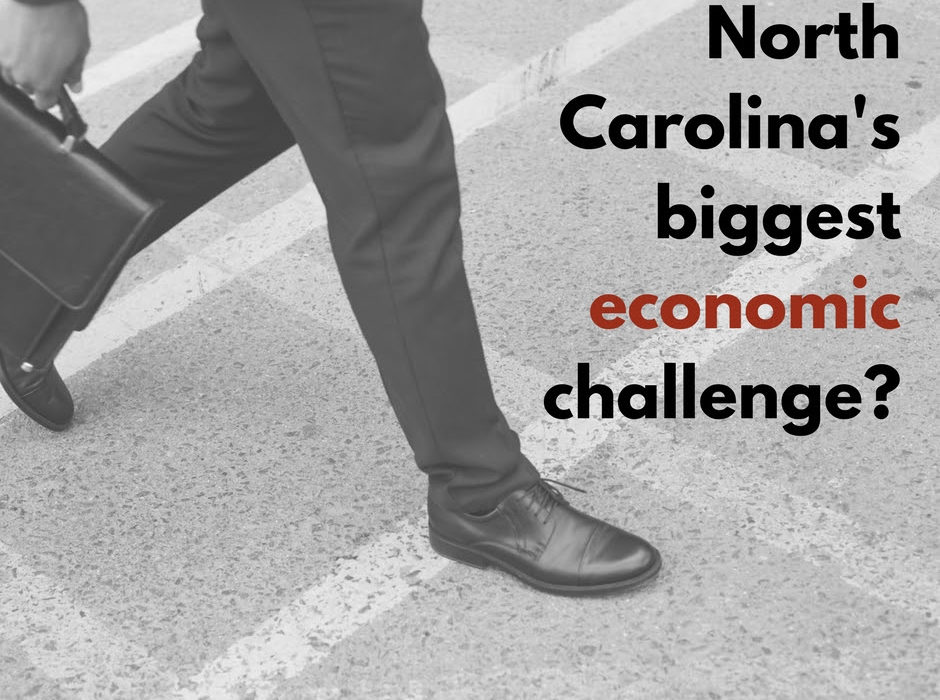Spotlight on Disruption
Coworking office spaces represent a fundamental shift in the way people work, and the coworking industry is disrupting the commercial real estate industry in a very BIG way. The future of work is a huge topic of discussion every week at Croixstone, and the shift in how people work is what incentivized us to relocate our offices from our business loft in South End to Industrious in Uptown Charlotte nearly one year ago. Learn why companies like Spotify, Lyft, Hyatt and Chipotle have joined Croixstone in calling Industrious home across the United States. Click here.










